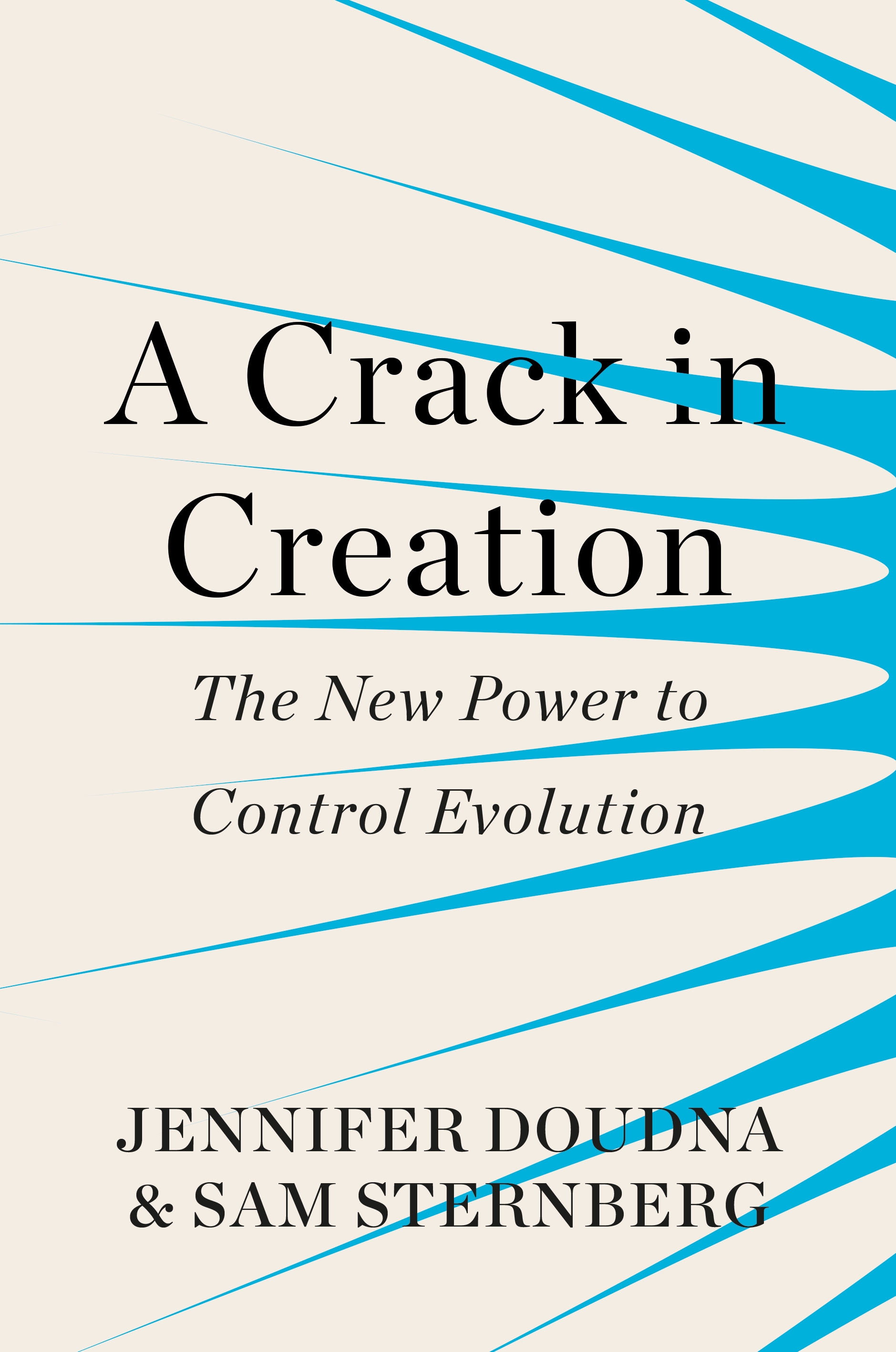Jennifer Doudna & Samuel Sternberg - A Crack in Creation
Jennifer Doudna and Samuel Sternberg 2017. A Crack in Creation. The new power to control evolution. London: The Bodley Head, 281 pp.

An easily consumed account of how undirected curiosity-driven research into the bacterial genome and immune systems led to the discovery of CRISPR-Cas9 and the development of that into a cheap, simple (if you are a biochemist) and widely available gene editing system.
The acronym CRISPR stands for clustered regularly interspaced short palindromic repeats. This is a fast-evolving section of bacterial DNA that acts as an immune system against viruses; it is able to adopt the sequence of an attacking virus and can then use this to recognise and destroy similar attacking viruses. Genes at either end of the CRISPR sequence (such as Cas9) and RNA then recognise this sequence in a virus and cut up the virus genome and destroy it. (At the molecular level all this happens very fast.) On pp. 39-85 the authors describe these discoveries in a fascinating and exiting narrative. This is the central part of the book. The authors, who are also leading researchers in the field, go on to describe how this natural immune system in viruses can be used to develop systems now routinely used by researchers to target and edit genes in any organism.
Clearly, Jennifer Doudna is one of the researchers who will soon win a Nobel Prize for this work but the book makes it very clear that there were dozens of researchers who made key discoveries, including discoveries made prior to Doudna’s interest in CRISPR. Doudna admits her role was managing and directing the lab and other collaborators rather than actually doing lab work. Who else will get prizes? No doubt Emmanuelle Charpentier (original collaborator, now competitor). The Nobel Prizes will seem increasingly out of date until they work out a way to acknowledge these large teams more equitably.
To me the book reads a bit too cosy and friendly, to the point of being misleading. In this narrative everyone gets on nicely but it must have been a very higly competitive and stressful time, with several teams racing towards key discoveries once the first and most influential steps had been taken. There must be an account somewhere, or in the making, that is not as sanitised and one-sided as this seems to be.
The last part of the book as about the ethics and social and political implications of the CRISPR-Cas9 revolution. There is nothing here that hasn’t been widely canvassed in the media in the past year or so but the information about the uneven regulatory approach in different countries is a useful summary. But a lot of this is naive and simplistic. The authors seem unable to conceive what seems to me certain: that there will be malicious laborories now, or soon enough, that will try to use CRISPR-Cas9 in terrorism or warfare. At least the world is now much more racially and genetically diverse, so that genetic targetting would now be much more likely to backfire? But CRISPR-Cas9 will also offer defenses (that was the original function) and it seems genetic engineering arms-races are likely to emerge.
There is no bibliography but the endnotes have extensive citations of the original literature. For an introduction to some of the other voices on the topic, the references and further reading section of the Wikipedia page seem to be a good start.


